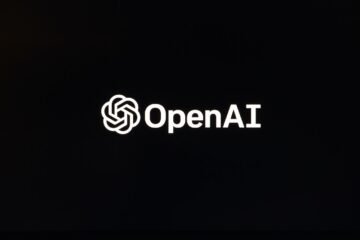OpenAI has launched GPT-4, its latest language model that powers Microsoft’s Bing search engine and other third-party apps. OpenAI claims that GPT-4 surpasses its predecessors, including GPT-3.5, in terms of intelligence and sensibility. The model was trained using Microsoft Azure AI supercomputers equipped with NVIDIA H100 GPUs. This article will comprehensively compare GPT-4 to its predecessor, GPT-3.5, which was in use for several months.
ChatGPT-4 can accept an image as an input
A key difference between GPT-4 and its predecessor, GPT-3.5, is that GPT-4 has the ability to process images as input, enabling users to perform queries with more advanced reasoning capabilities. GPT-4 can recognize and analyze images, and generate responses based on them. In contrast, GPT-3.5 is limited to accepting only textual input.
GPT-4 can generate longer responses
GPT-4 boasts another enhancement over GPT-3.5: the ability to generate lengthier responses, with a maximum of 25,000 words, as opposed to GPT-3.5’s limit of 8,000 words. This advancement enables GPT-4 to produce more comprehensive and detailed copies and responses for apps and services that are based on it.
GPT-4 can clear competitive exams
In terms of intelligence, GPT-4 outperforms its predecessor, GPT-3.5. GPT-4 achieved a score in the 90th percentile on a uniform bar exam, while GPT-3.5 scored in the 10th percentile. Furthermore, GPT-4 generates 40% more factually accurate responses and is 82% less likely to produce disallowed content when requested, making it a more reliable and trustworthy language model.
GTP-4 is not free and has limitations
It’s worth noting that GPT-4 is not available for free use and can currently only be accessed by ChatGPT Plus subscribers. Nevertheless, some apps, such as Stripe and Duolingo, have already integrated the latest language model into their platforms. Despite its numerous advancements, GPT-4 still has some limitations, including the potential for social biases, hallucinations, and adversarial prompts. Therefore, it is essential to use the model with care and caution.




